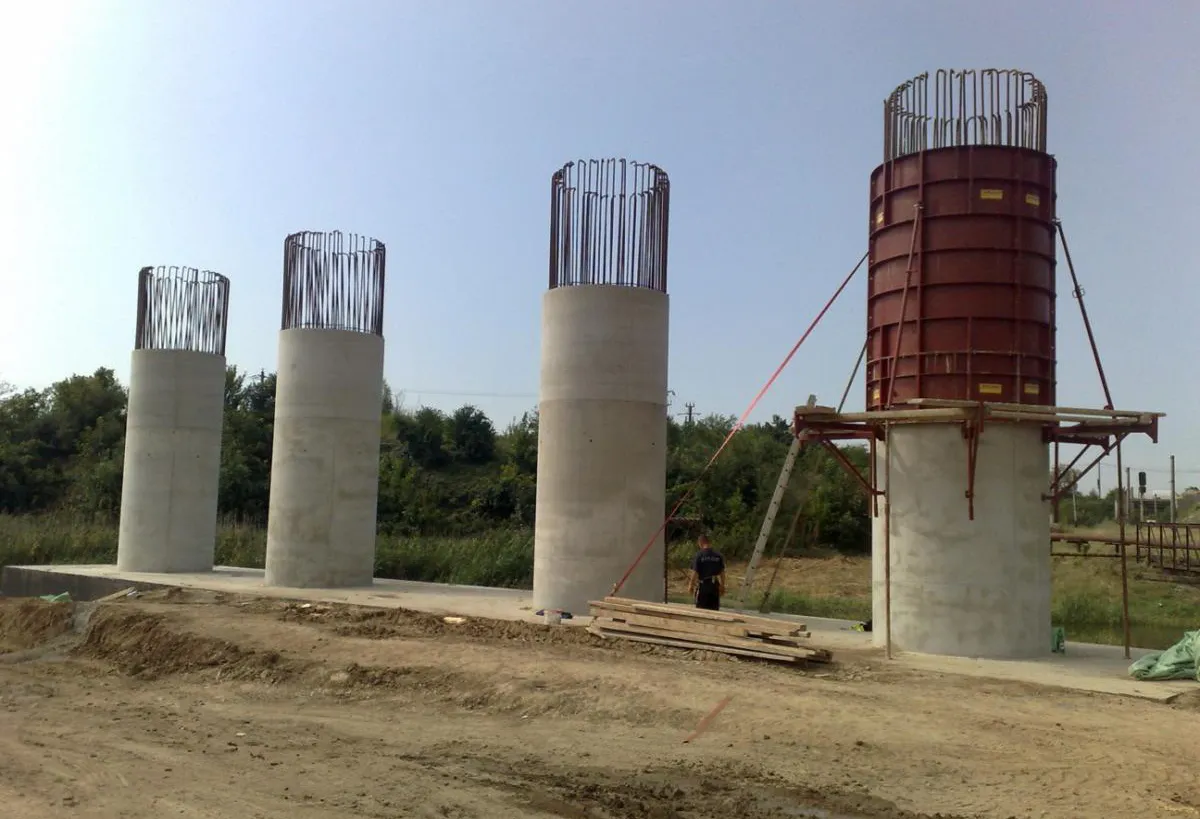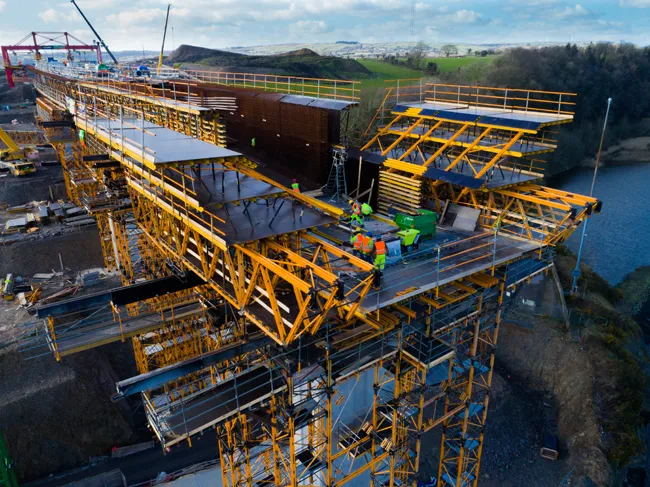As part of upgrades to the SlabProp range from Pilosio, the SlabProp 2.0 features a new section, resistant and weight optimised
The latest addition has a greater range of extraction than the previous model which varies from 145-625cm. It also has greater capacity with values up to 80kN (certified according to EN 16031).
Also, connection to truss frames is permitted all along the prop in order to assemble load-bearing towers with high capacity.
This prop is made of aluminium type 6005A for a good ca
July 8, 2016
Read time: 2 mins
As part of upgrades to the SlabProp range from 7163 Pilosio, the SlabProp 2.0 features a new section, resistant and weight optimised
The latest addition has a greater range of extraction than the previous model which varies from 145-625cm. It also has greater capacity with values up to 80kN (certified according to EN 16031).
Also, connection to truss frames is permitted all along the prop in order to assemble load-bearing towers with high capacity.
This prop is made of aluminium type 6005A for a good capacity-to-weight ratio. Pilosio says that this reduces number of post shores required resulting in labour cost savings. It can also be used as single post shore, in combination with other props one on top of the other to reach greater heights or connected with truss frames to create shoring towers.
The SlabProp 2.0 is totally compatible with Slabform and Liteform panel system.
The range of products also includes a series of extension props to increase the flexibility of the system: lengths are 0.5m up to 1.5m. Connecting frames are available in different lengths, from 75-305cm. They can be attached to the inner tube or to the outer tube. Both sections allow quick connection with the hook.
Bearing towers can be easily assembled flat on the ground.
The latest addition has a greater range of extraction than the previous model which varies from 145-625cm. It also has greater capacity with values up to 80kN (certified according to EN 16031).
Also, connection to truss frames is permitted all along the prop in order to assemble load-bearing towers with high capacity.
This prop is made of aluminium type 6005A for a good capacity-to-weight ratio. Pilosio says that this reduces number of post shores required resulting in labour cost savings. It can also be used as single post shore, in combination with other props one on top of the other to reach greater heights or connected with truss frames to create shoring towers.
The SlabProp 2.0 is totally compatible with Slabform and Liteform panel system.
The range of products also includes a series of extension props to increase the flexibility of the system: lengths are 0.5m up to 1.5m. Connecting frames are available in different lengths, from 75-305cm. They can be attached to the inner tube or to the outer tube. Both sections allow quick connection with the hook.
Bearing towers can be easily assembled flat on the ground.









